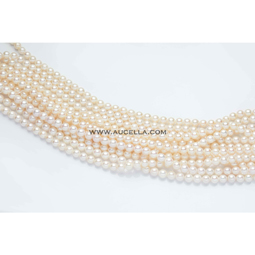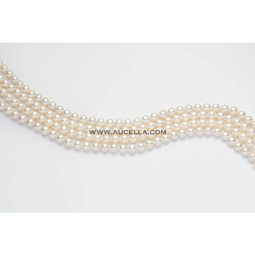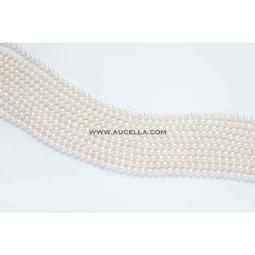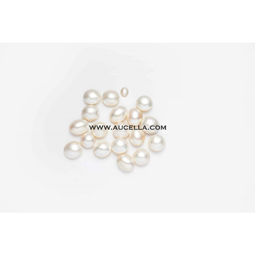The Pearls: a global analysis and some predictions
18-09-2024
In the previous blog post, we gave an overview of the world of pearls, describing the differences with respect to their origin and for each one the characteristics.
In recent months, many customers have noticed a certain upheaval in the world of pearls. From 2020 onwards, due to COVID, pearls have undergone major changes in availability and prices.
The pandemic has had direct and indirect effects on pearl cultivation especially in Japan for Akoya quality. The first big problem was that covid also attacked pearl oysters through the waters. So, in addition to the lockdown that did not allow farmers to take care of Akoya pearl crops in the seas of Japan, the disease has caused the death of most oysters. All this caused a stop in the production of pearls, a gap of about two years. At present, cultivation has restarted, but it will take a few more years for us to return to a normal regime.
The consequences of the decrease in pearl stocks
As suppliers' inventories decreased, prices rose and available quantities increasingly decreased. Especially for those sizes that are most in demand on the market. To this, it must be added that, as happened with freshwater pearls, Akoya pearls have also been stormed by the Chinese market, which requires very large quantities due to its extension. The scarcity of availability of raw materials corresponds to the growing demand from China, which absorbs the most beautiful qualities and the most sought-after sizes. As anticipated, it is expected that it will take a few more years for Akoya pearl crops to return to pre-pandemic levels, suppliers' stocks to return to being substantial to allow them to respond to all global demand for pearls.
As for prices, we do not think there will be a lowering, also because it must be borne in mind that pre-pandemic Akoya pearls had reached very low prices compared to perhaps 10/15 years ago. So, the current increase is nowhere near all-time highs, but we think it gives the right value to such a pearl, such as the Akoya one, so valuable.
Freshwater pearls, the current situation
A slightly different story for Chinese pearls where there is currently a scarcity of small sizes. This is mainly due to labor: small pearls, as happens in coral, are the most processed: from selection, to piercing to threading, the supply chain is very complex and requires a lot of work. Even in China, it is increasingly difficult to find labor for the production of sizes less than 4 mm. All this has led to an increase in prices.
South Sea pearls, demand and increases
Also with regard to pearls from the South Seas (SouthSea, Tahiti), the products have undergone a significant increase. First of all, the first aspect is due to the pandemic. The supply chain of this type of pearls begins with 2-3 large producers who market large batches of pearls through auctions. When it was not possible to move, the auctions were held online. In that climate of uncertainty, even on this type of pearl, some Chinese companies that believed in these products were the masters. During the pandemic, in fact, not being able to travel or move, Chinese consumers turned their gaze to online purchases, especially for the domestic market. All this has allowed large Chinese players to take most of the batches produced, increasing the price and now making it more difficult to find this type of pearl on the market.
Even for these pearls, however, it must be borne in mind that in the last 10/15 years an all-time low had been reached. So even these increases do not represent the recovery of what has been lost, and therefore we would like to say that over time we will not see the price of this type of pearl have a downward decline.





Leave a Message
Click here to use Whatsapp